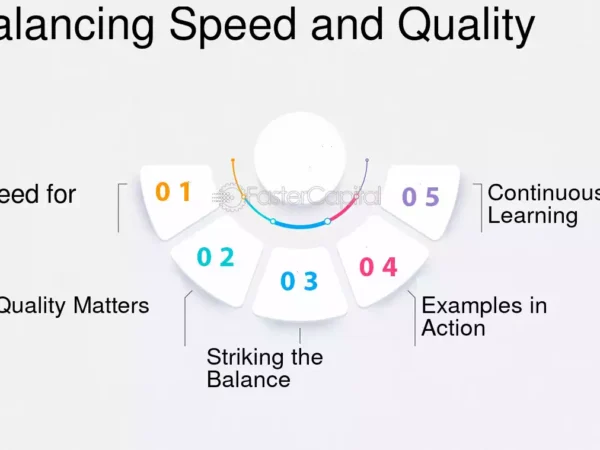Where will investors turn in 2022?
Have you heard that Market strategists are predicting that 2022 will finally be the year when investors choose value stocks? According to Cambridge Associates, in 2022 investors will need to emphasize private markets, active managers, and niche strategies to outperform amid expectations of slower growth. A new year will usher in economic growth at a steadier pace than the whirlwind of the past two years, prompting investors to look outside of traditional asset classes that may be overvalued. The consulting and investment firm told investors to expect slower, but still above average, real global economic growth in 2022 in its annual outlook report.
Serge Agres, a senior investment director at CA, told Institutional Investor, “Given that most asset classes are overvalued, investors really have to look for niche opportunities to continue generating strong returns, usually, that comes in the form of less efficient asset classes, like private investments and venture capital, [and] any type of niche private strategies where you get more bang for your buck than traditional equities in the public space.” Cambridge Associates’ U.S. venture capital index had generated a ten-year net IRR of 18.7 % and a one-year net return of 88.1%, as of the report June 30, 202.
“As fund sizes and available capital swell and companies choose to stay private for longer, later-stage venture investing has grown, particularly with the emergence of crossover investing, whereby managers invest in a private company prior to and through a public offering, while this strategy has been around for some time, it was more episodic and smaller in scale in the past.” This strong performance has led to record fundraising for VC funds, according to Andrea Auerbach, CA’s global head of private investments.
Frank Fama, global co-head of CA’s credit investment group, wrote in the report that investors can mitigate volatility in their portfolios through investments in niche credit strategies that are less correlated with the broader shifts of the market. “We believe the economic outlook remains strong, it is not without risks. In direct lending, growing amounts of dry powder are pressuring deal structures and pricing, as a result, we anticipate that commitments to less-correlated private credit funds, such as those focused on life sciences, asset-based lending, and flexible credit strategies, will increase next year.”
Agres agreed and added to the report that with more normalized performance from equities, investors will need to look outside of traditional asset classes to generate strong returns. “A lot of investors look to things like private equity and venture capital, but those have very long lock-up periods, Private credit fits into a very nice niche there. Even though it’s private, its lock-up period is shorter than private equity, and you’re still getting really good, income-generating returns.”
According to Kevin Ely, managing director of public equities at CA, the public markets, meanwhile, will offer more opportunities for active managers to outperform passive benchmarks while the Covid-19 pandemic has induced concentration in a select group of sectors, including technology, Ely wrote that he expects a “shift toward more normal earnings contributions across sectors in the S&P 500 index” moving into next year. The new year will also bring with it a greater emphasis on shareholder engagement.
“A wider range of valuation dispersion within sectors and across the market can provide more opportunity for skilled active managers to benefit from stock selection.”
Included in the report, as of November 30, 2021, relative to pre-pandemic valuations, nine out of the index’s 11 sectors had elevated price-to-earnings ratios. The elevated sectors include communication services, consumer discretionary services, consumer staples, energy, financials, healthcare, industrials, information technology, and materials.
CA’s global head of sustainable and impact investing research, Liqian Ma wrote that as investors become increasingly concerned about systemic risks, such as climate change and social inequality, they will be more inclined to adopt active engagement practices in 2022. “Whereas divesting or proactive investing in positive solutions may lead to immediate outcomes for the portfolio, engagement may be a more nebulous and frustrating activity that may not yield immediate results because each individual investor or institution has limited influence,” Despite these challenges, Ma wrote that investors who implement effective shareholder engagement strategies will prosper in the coming year.
The future of investing is on the horizon, and it will be sure to change everything you know about money management. It’s difficult enough to make predictions about what will happen this year; predicting 10 years out is even more challenging. We can’t know for sure what the future will bring, but we can make educated guesses about where investors in 2022 will turn to get a return on their investments.









